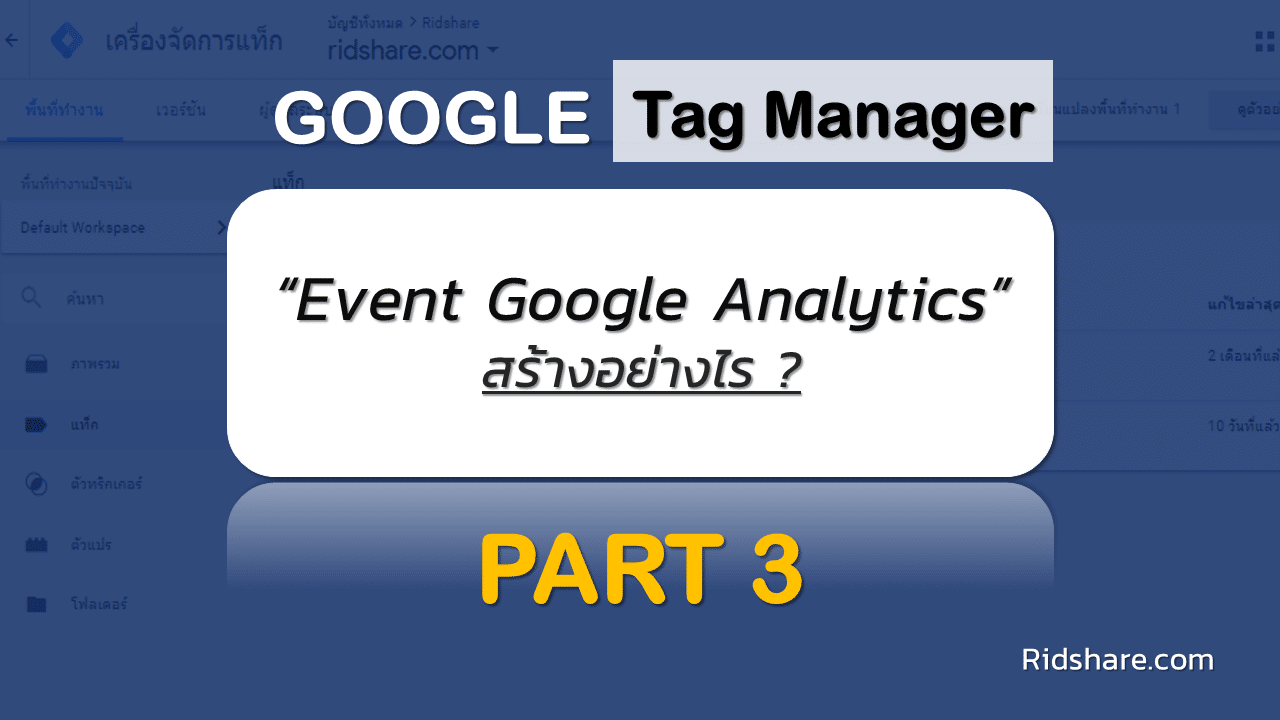

For event tags to work on your creative, you must also remove any survey URLs you applied manually. Also, the total character count for all survey URLs applied to any given ad cannot exceed 2048 characters.

If you want to use event tags for in-stream and VPAID creatives, note that survey URLs cannot use parentheses. In-stream audio, in-stream video, and VPAID: Event tags are included in pre-fetch tags by Campaign Manager 360, but it is up to the publisher serving the ad to fire the URL at the relevant time. Learn more in the extra steps section below. HTML5 or rich media: Event tags do not distinguish which asset serves or which exit receives a click.There are workarounds available if you need to capture this information. Special notes on HTML5, rich media, in-stream, and VPAID creatives Different event tags may or may not work depending on browser support. How browser capabilities affect event tag support Placement tag type on site/appīrowser support for event tags depends on whether the browser can support the VPAID player on the site. See the table below for more information. Event tags may not be able to capture information if the user's browser does not support iframes, JavaScript, or the site VPAID player. For mobile apps that support MRAID, impression event tags are fired once an ad is partially on screenīrowser: The user's browser must support the event tag tracking URL and placement tag type you use. For tracking ads, include the JS and iframe versions in the tracking creative section of the tag.Įnvironment: Event tags work in all environments. Placement tag types: Event tags are supported for iframe, JavaScript, and pre-fetch placement tags.įor non-video inventory, we recommend you send both iframe and JS tags to your publisher so your publisher can choose which to use. Note that backup images are fully supported for event tags. Campaign Manager 360 might log impressions, but your impression event tag won't send any data to your vendor.Ĭan you walk me through steps to set up event tags for a common goal?Īd and creative types: All ad and creative types are supported, except for click tracker ads and brand-neutral ads. When Ad 2 serves, it doesn't include the impression event tag with your Soda Creative. If the tag includes macros that capture other information (such as the creative ID), the vendor logs this as well. The tag fires and the vendor logs an impression on Ad 1. When Ad 1 serves, it includes the impression event tag with your Soda Creative. You don't apply the impression event tag to Ad 2. Now any creative assigned to Ad 1 will be tracked with the impression event tag when Ad 1 serves. You apply an impression event tag to Ad 1. Say you have two ads in Campaign Manager 360: Ad 1 and Ad 2. Let's look at what happens when you apply an impression event tag to one ad but not the other. Campaign Manager 360 gives you options to manage your tags in bulk, but you can also add or remove the tag manually. You might apply a tag to all the ads in your advertiser, or just to a few ads in a few campaigns, and even to just one ad.
#EVENT MANAGER GOOGLE MANUAL#
What are the advantages of event tags over manual tracking URLs? You can also use event tags to add an Online Behavioral Advertising (OBA) icon (also known as YourAdChoices Icon) to an ad. Technically, the vendor collecting this information is a fourth party: The advertiser, publisher, and Campaign Manager 360 are the first three parties and the event tag sends information to a fourth party (such as Coremetrics, Dynamic Logic, or comScore). For example, you might add a macro that captures the keyword a user searched before seeing the ad, or the particular site the creative appeared on, or which Campaign Manager 360 campaign served the ad. You can also add macros that expand dynamically: the publisher’s system replaces macros with specific information that can change with each event. You can hard-code keywords and other information into the tag URL so that it’s included each time the event is counted. Or you can add a survey URL to an event tag (an impression event tag) to launch surveys for your vendor when your ad serves.Įvent tags log clicks and impressions for ads, not their creatives, but you can add additional parameters to specify the creative involved, as well as other information. The simplest use of an event tag is to allow vendors to log the number of impressions or clicks on your ads.


 0 kommentar(er)
0 kommentar(er)
